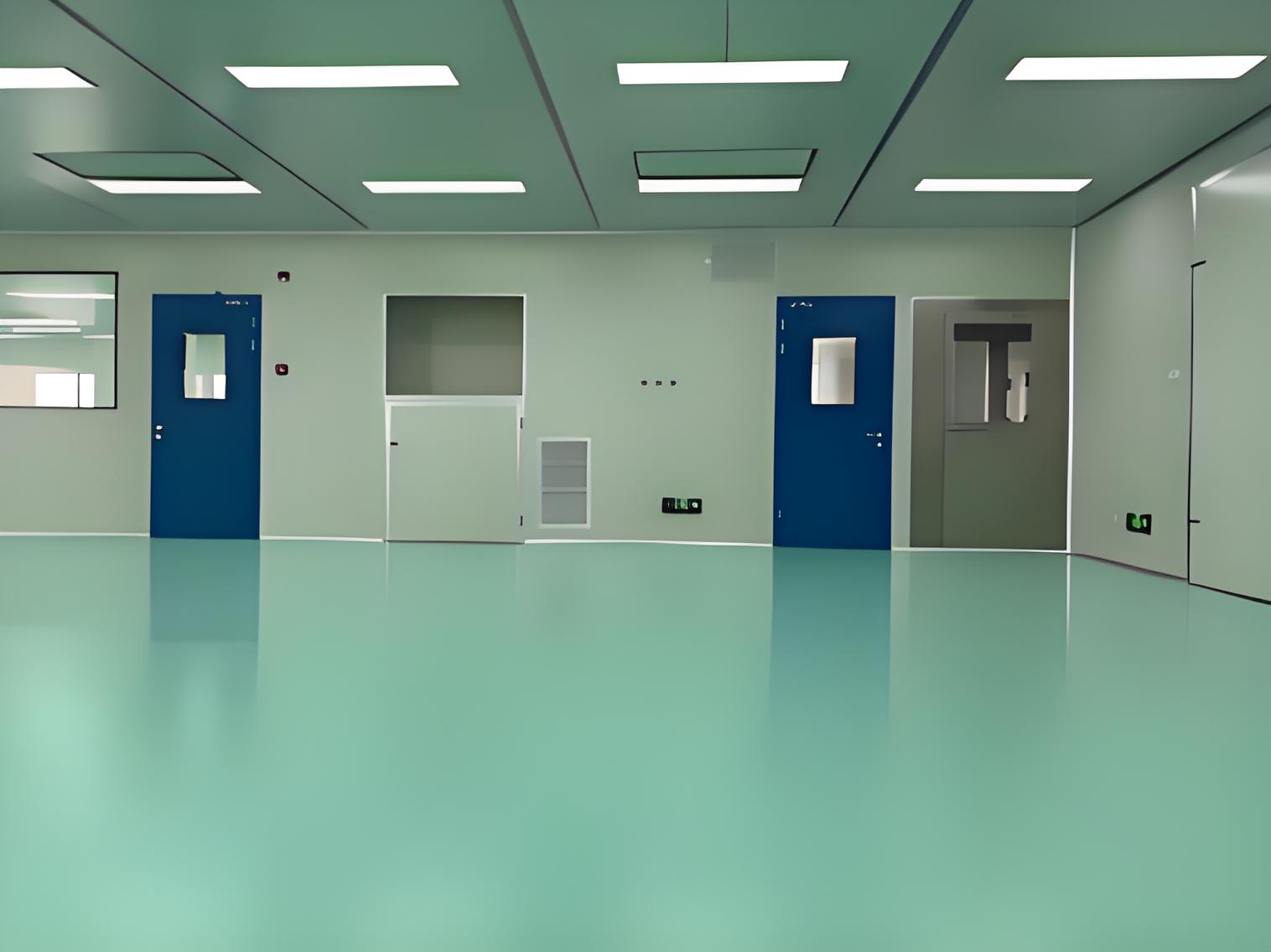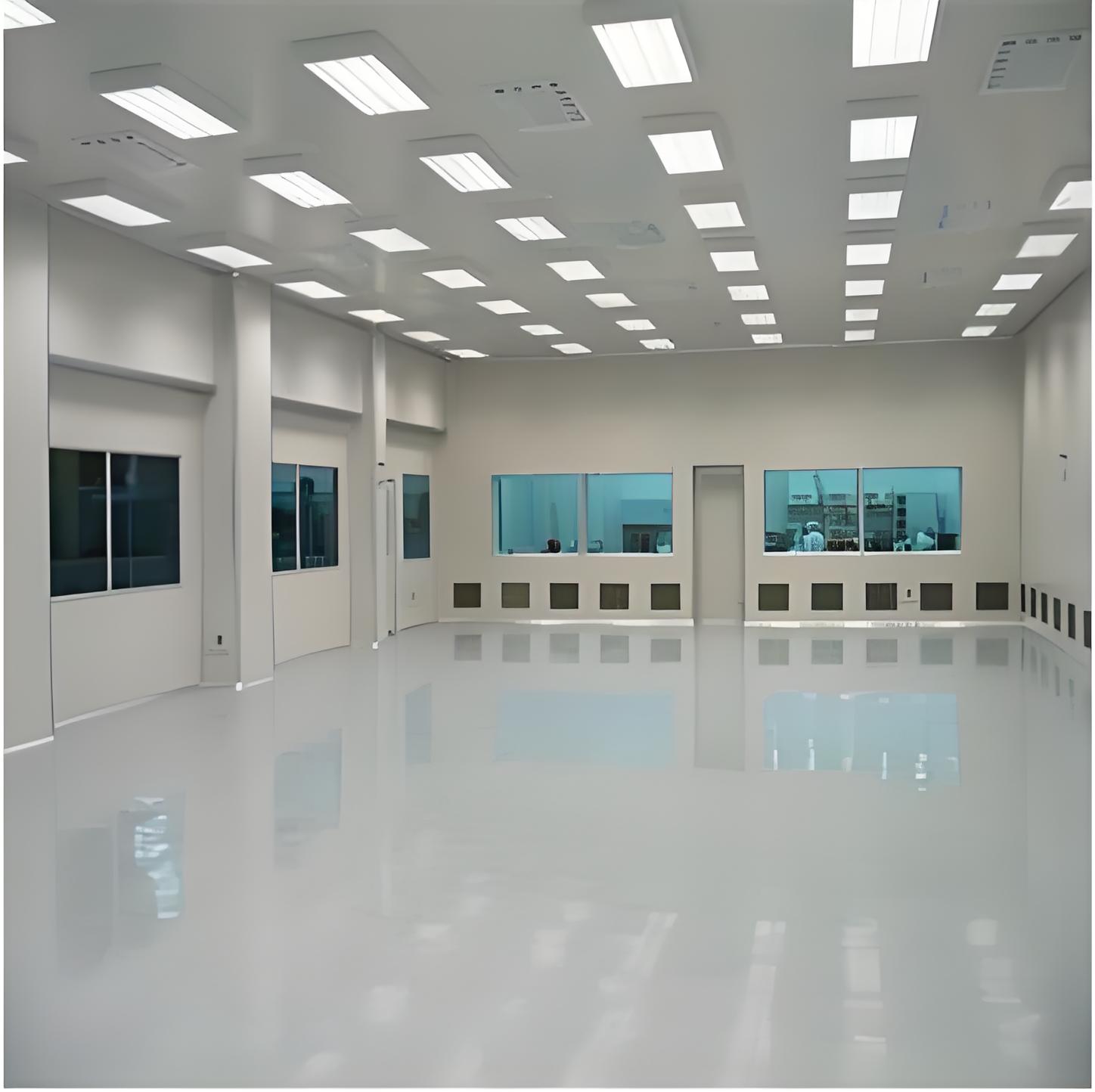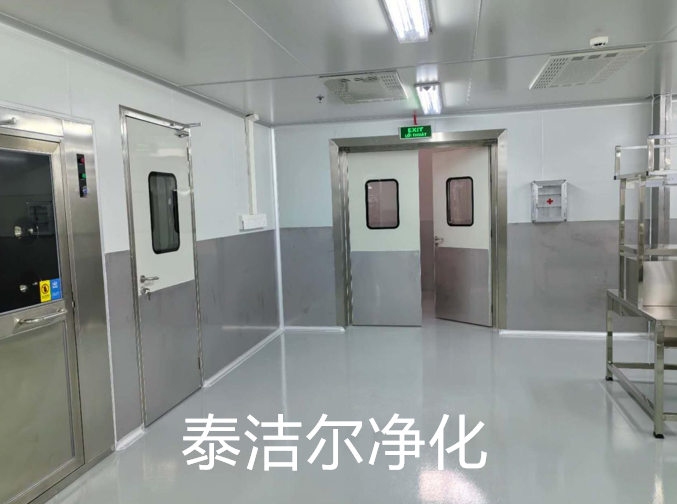
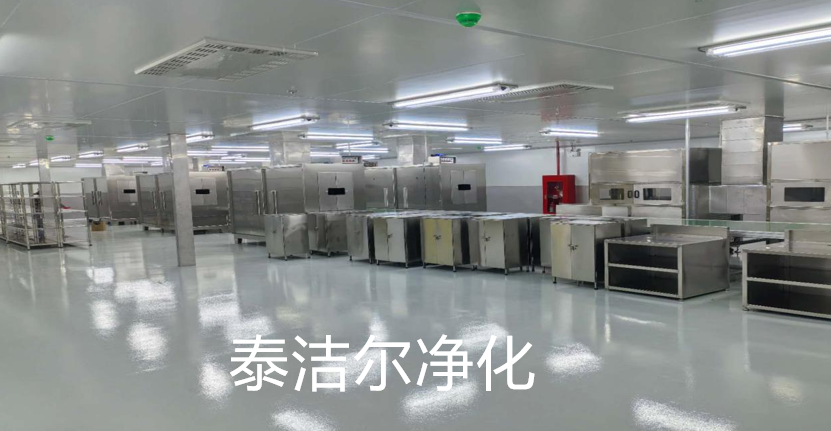
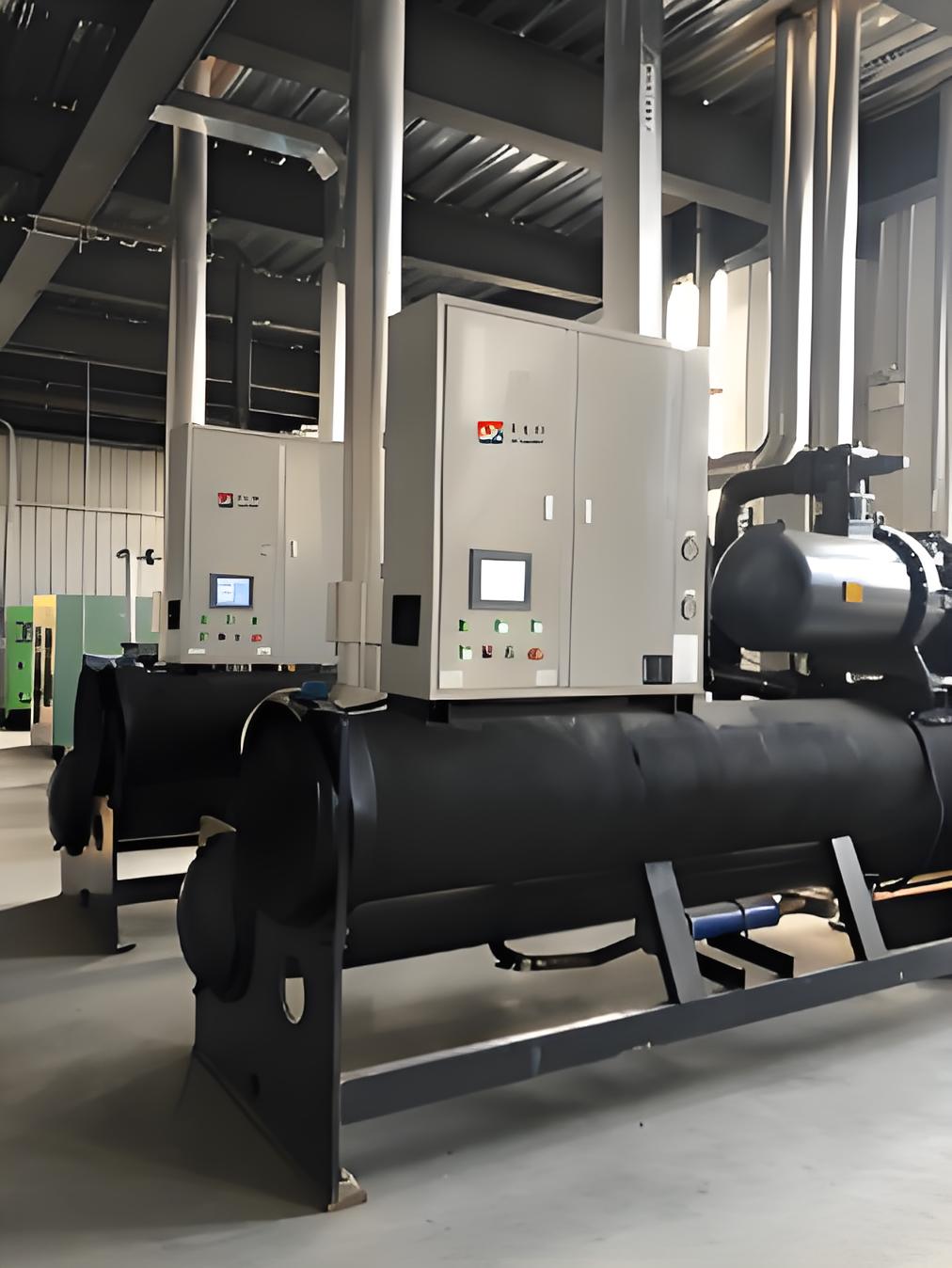
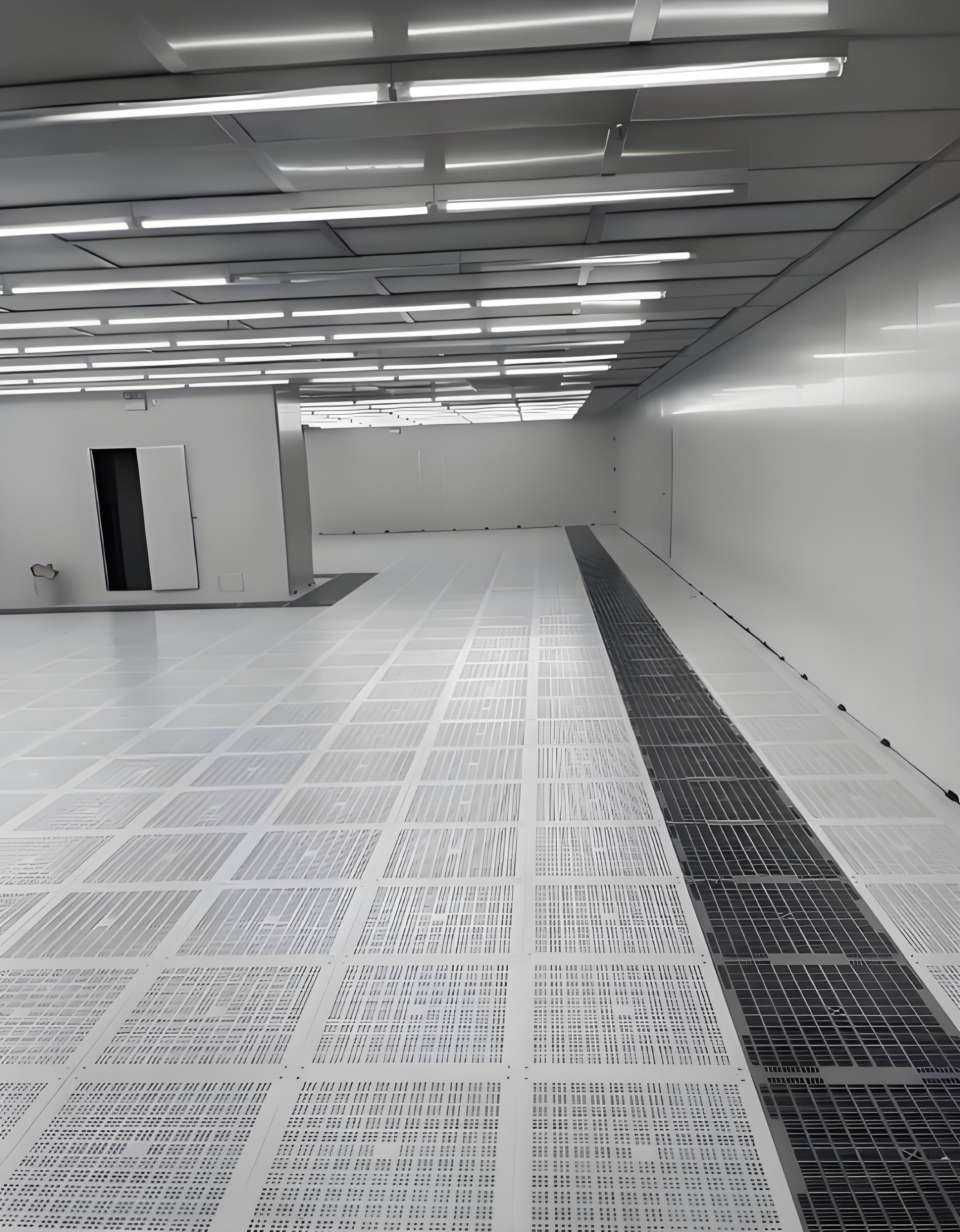

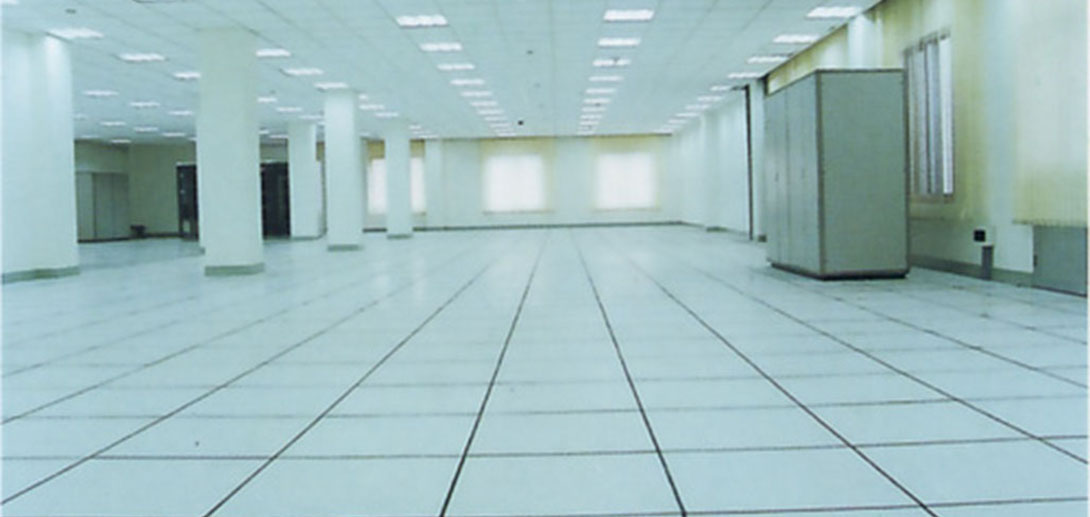
If we can help everyone, please follow and bookmark this website. Your support is our greatest motivation. Thank you all! Now let's begin. Hello everyone, today I will share with you how to install partition glass in a clean room and related cleaning issues, hoping it will be helpful to everyone.
1. Use a sewing needle to poke a small hole in the bubbled area, then use a bank card or similar tool to flatten it and push the air out.
2. If the warranty has expired, pay to have the car window film reapplied at a professional shop. During the warranty period, you can get a replacement.
3. There are three common causes of bubbles: First, curved glass that doesn’t fully conform during heat pressing; Second, glass not cleaned properly or dust trapped during installation; Third, rapid evaporation of liquid after installation creating bubbles.
4. If bubbles are at the edge, use a heated scraper to fix them.
5. The film can effectively block a large amount of infrared heat.
6. Prevents skin damage and reduces interior aging. Medium and long-wave UV rays can penetrate thick glass, but heat-resistant film blocks most UV rays.
7. The film’s base layer is polyester, which is highly tear-resistant and puncture-proof. Combined with the adhesive, it enhances glass durability, preventing injuries from shattered glass in accidents.
8. Provides privacy. Choose the right film, and typically, the outside won’t see in, but the inside can see out, ensuring privacy and safety.
9. Reduces AC consumption. Heat-resistant film improves cooling efficiency, quickly lowering interior temperatures and saving fuel.
10. Personalize your car’s appearance with film.
11. Prevents glare-related accidents.
1. In clean room construction, there’s often an outer circular enclosed hallway. It buffers between the clean area and outside, preventing external pollution and saving energy. Interior doors and windows should be flat without frames. Pay attention to the layers and structure of exterior windows to seal out moisture and pollutants. Doors and windows between rooms of different cleanliness levels must be sealed to prevent condensation from temperature differences. Choose weather-resistant, low-deformation materials with small manufacturing tolerances, good sealing, simple designs, dust-proof, easy-to-clean, and frameless options. Metal or metal-coated materials are ideal for clean room doors and windows. Avoid wooden doors to prevent long-term moisture and bacterial growth. Exterior windows should align with interior walls, with slanted or frameless designs, using double-pane windows to reduce energy loss.
2. Floors should be flat, seamless, wear-resistant, corrosion-resistant, and anti-static. Easy to clean entirely. Use on-site polished stone floors with 6-15mm diameter stones. Partition strips should be copper, not glass. Epoxy self-leveling floors are now common. They’re solvent-free, non-toxic, odorless, seamless, and flat. They provide mirror-like finishes, are oil-resistant, acid-resistant, alkali-resistant, and chemical-resistant. Clean rooms need anti-static, low-dust, wear-resistant, and impact-resistant floors, but they’re costly. Used in electronics, medical, and high-cleanliness production areas. Epoxy floors last 1mm or more, typically over 6 years. Moisture barriers should be under floors to block waste pipes.
Walls should be smooth, flat, dust-free, corrosion-resistant, with harmonious colors for easy contamination spotting. Interior walls should have moisture-proof, anti-static, anti-glare coatings, washable, and sterilizable. Wall-floor joints should have 50mm radii to reduce dust buildup and ease cleaning. Install protective wall rails in high-traffic areas to prevent dust from decorative material vibrations.
4. Clean room decor ensures cleanliness. All ducts and lights must be in technical layers. Most pharmaceutical companies use colored steel panels for ceilings. They’re lightweight, durable, integral, low-dust, and GMP-compliant. Fixed ceilings must connect to main structures, not share supports with pipes. Ceilings and walls should join seamlessly. Ceilings and air ducts must align precisely. Post-installation, check lighting for gaps. Maintenance paths should be in technical layers for easy access.
This article on installing partition glass in clean rooms ends here. Thank you for reading. For more on clean room setup and partition glass installation, search our website!
